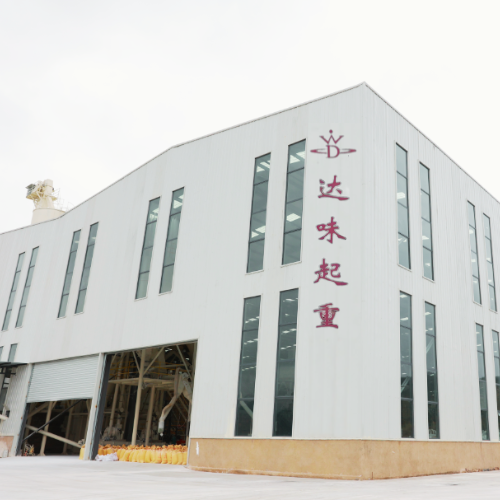gantry crane construction
The Construction of Gantry Cranes An Essential Guide
Gantry cranes play a vital role in various industries, particularly in construction and shipbuilding. With their robust structure and remarkable versatility, these cranes are designed to lift heavy loads and streamline operations, making them indispensable on job sites. This article delves into the construction of gantry cranes, emphasizing their design elements, fabrication processes, and the significance of safety standards.
Understanding Gantry Cranes
Gantry cranes are characterized by their framework, which consists of two vertical supports (legs) connected by a horizontal beam. This configuration allows them to move horizontally along a fixed path, providing excellent maneuverability for lifting and transporting heavy materials. Gantry cranes can be configured with single or double beams depending on the lifting capacity required.
Design Considerations
When constructing a gantry crane, several design considerations must be taken into account. The size and weight of the loads it will handle significantly impact the crane’s design. Additionally, the operating environment—whether it will be used indoors or outdoors—affects the choice of materials and the structural integrity required.
The crane’s operational requirements also dictate its design features. For instance, if the crane needs to move across a vast area, larger wheels and a more extended rail system might be necessary. On the other hand, for precision tasks involving delicate loads, the design must prioritize stability and control.
Fabrication Process
gantry crane construction

The fabrication of a gantry crane involves several stages. Initially, structural components such as beams, legs, and wheels are produced using high-strength steel to ensure durability. After cutting and shaping the steel, the components undergo welding to form the main framework.
Quality control is paramount throughout the fabrication process. Each component must be inspected for structural integrity, and rigorous testing is conducted to confirm that they can withstand the intended loads. Additionally, surface treatments, such as galvanization or powder coating, are applied to prevent corrosion, especially for cranes exposed to environmental elements.
Installation and Safety Standards
Once the fabrication is complete, the gantry crane is assembled on-site. This stage requires careful planning and expertise, as the crane’s weight and height pose significant challenges during installation. Utilizing cranes for lifting and positioning the large components is common, ensuring that the assembly is conducted safely and efficiently.
Safety standards are paramount in the construction and operation of gantry cranes. Organizations such as the Occupational Safety and Health Administration (OSHA) provide guidelines that ensure safe crane operation, including proper maintenance and regular inspections. Operators must also undergo training to handle the cranes correctly, reducing the risk of accidents.
Conclusion
The construction of gantry cranes involves a meticulous process that emphasizes design, fabrication, and safety. With their ability to enhance efficiency and productivity in various industries, gantry cranes remain a crucial element in modern construction practices. As technology evolves, the design and functionality of these cranes are expected to improve, further solidifying their importance in heavy lifting operations. Understanding the intricacies of gantry crane construction is essential for engineers, operators, and safety professionals alike, ensuring that these powerful machines are built to withstand the rigors of their operational environments.
-
Permanent Magnetic LiftersNewsNov.01,2024
-
Operations with an Adjustable CraneNewsNov.01,2024
-
Machine Moving SkatesNewsNov.01,2024
-
Industrial Lifting MagnetsNewsNov.01,2024
-
Effective Machinery MovingNewsNov.01,2024
-
Adjustable Gantry CraneNewsNov.01,2024
-
Unlock the Power of Lifting with Permanent Magnetic LiftersNewsOct.11,2024
